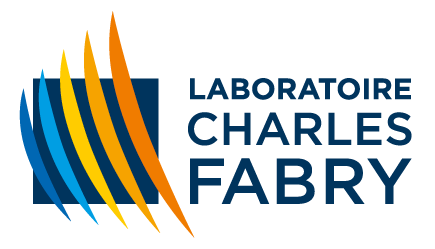Thesis defense of Nolann RAVINET
- Soutenance de Thèse
- Evénement scientifique
Thesis defense of Nolann RAVINET, PhD student in the Optics XUV group of the Laboratoire Charles Fabry, on Tuesday 10 December 2024 at 03:00pm in the Auditorium of the Institut d'Optique Graduate School in Palaiseau, on the topic: "Development of interferential coatings for a high-resolution X ray imager".
Abstract: "Inertial confinement fusion is a preferred method for experimentally accessing extreme conditions of matter (high temperature and high pressure) through the implosion of a target. The CEA (Commissariat à l'énergie atomique et aux énergies alternatives) and the Charles Fabry Laboratory have a long-standing collaboration in the development of plasma diagnostics in the X-ray domain [1-2]. To characterize the symmetry of the implosion, a high-resolution microscope operating in the hard X-ray domain is being developed. In the first phase, this PhD work involves developing an instrumental response model for one channel of the microscope. The optical response of the interference mirrors will be studied by combining a recursive calculation of the response at a single point on the surface with a ray-tracing tool [3]. The coatings of the mirrors will be simulated, taking into account interface effects between materials reported in the literature, such as inter-diffusion or roughness effects. The experimental part will involve optimizing the deposition parameters of various materials and characterizing the deposited multilayers using X-ray reflectometry at the LCF facilities and also at the SOLEIL synchrotron. The experimental results will then be compared with simulations to develop a robust model. In the second phase, this model will be applied to design the multilayer coatings for the microscope channels. A significant and innovative part of this work will focus on optimizing multilayer stacks with well-defined spectral response widths. The coatings will be characterized using X-ray reflectometry and transmission electron microscopy to validate the instrumental response model. In the third phase, a preliminary study of a high-energy channel (≥ 20 keV) will be conducted. Since defects in multilayers are highly detrimental at high energies, the goal will be to identify materials and deposition conditions that minimize these defects. Particular attention will be paid to inter-diffusion and roughness effects in the layers."
.
